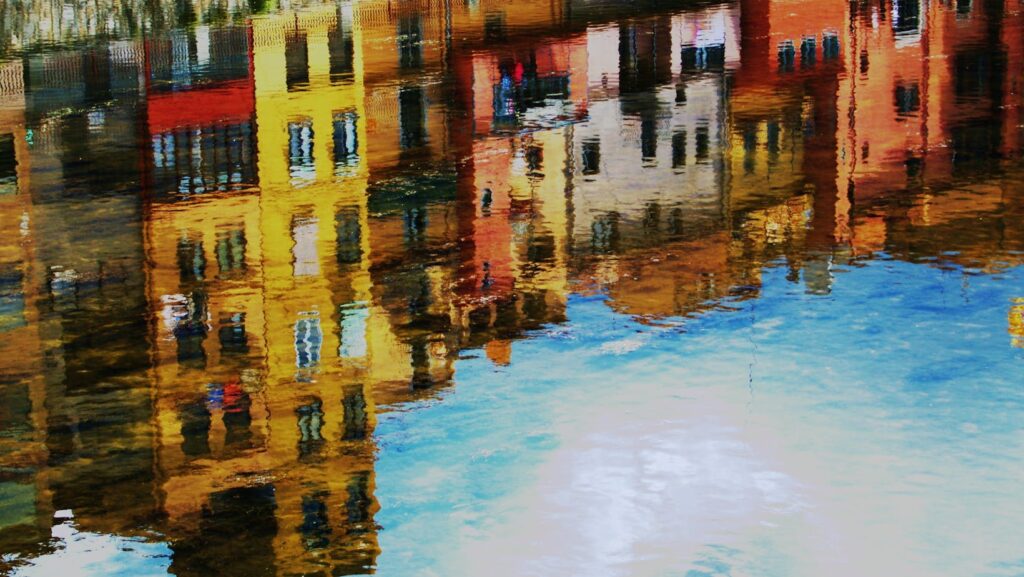
Imagine transforming a blank wall into a captivating canvas that tells a story. That’s the power of wallpaper art. It’s not just about covering walls anymore; it’s about creating an atmosphere, conveying emotions, and expressing personal style.
Iphone:8gzzp6lra8q= Wallpaper

The journey of wallpaper art unfolds a rich tapestry of history, holding a mirror to evolving aesthetics. From pragmatic roots to cutting-edge design, it’s an extraordinary story. Wallpaper Art began with a humble and practical intent: covering and preserving walls. Its earliest instances, from the 15th and 16th centuries, were mere extensions of gilded leather hangings, filled with traditional motifs like floral or geometric patterns.
By the 20th century, however, wallpaper art started shedding its traditional constraints. Modern aesthetics took over as artists began exploring abstract, minimalistic, or conceptual designs. It wasn’t merely about walls anymore; it expressed the essence of the zeitgeist in its unique medium.
The Influence of Digital Technology on Wallpaper Design

Digital technology has played a transformative role in wallpaper art. Computer-aided design software opened a Pandora’s box of creative possibilities. Digital print techniques made intricate designs and photo-realistic prints possible, even on a large scale. The impact isn’t just visual. Digital wallcoverings allow customization to an extent unimaginable without technology.
From matching the mirrored coordinates on seams to achieving seamless floor-to-ceiling murals, technology has redefined the boundaries of what wallpaper art can accomplish. Vivid colors, iridescent finishes, 3D designs, and even interactive wallpapers – they’re all testament to technology’s indelible imprint on this form. Such advancements have blurred the lines between traditional art and wallpaper design, propelling the latter into a full-fledged art genre.
Key Styles and Influences in Wallpaper Art
Transitioning from previous eras to the present, distinct styles and influences have shaped the landscape of wallpaper art. Let’s delve into the interplay of Art Nouveau and Contemporary Graphic Art on wallpaper designs.
Art Nouveau and Its Ornamental Style
Art Nouveau exerts a profound influence on wallpaper art. Originating in the late 19th century, it brought about a radical shift from traditional designs, championing a new wave of organic, sinuous forms inspired by the natural world. Wallpaper art, influenced by this style, mirrors the swirling forms of plants, flowers, and the undulating movements of water.
Art Nouveau emphasizes dynamic, flowing lines and embraces asymmetrical compositions. A famous example includes wallpapers from designers like William Morris, where intricate, curvaceous designs brimming with rich, vibrant colors became prominent during this period. This style has lent wallpaper art a touch of sophistication and contributed immensely to boosting its aesthetic appeal.
Contemporary Wallpaper and Graphic Art

Contrasting the ornamental style of Art Nouveau, contemporary wallpaper forms blend with graphic art, redefining spatial perception. Utilizing advancements in digital technology, these designs incorporate a substantial interplay of colors, textures, and patterns. They often amalgamate photographic elements with digital manipulation, achieving photo-realistic prints that add impactful visual effects.
For instance, contemporary wallpapers exhibit various styles ranging from minimalistic geometric patterns to complex psychedelic prints. This culmination of graphic art and wallpaper design has generated versatile backdrops for interior spaces, reimagining traditional living areas into dynamic art installations. Harnessing the power of graphic art, contemporary wallpaper bridges the gap between art and functionality, establishing an artistic dialogue within indoor spaces.
Transforming Spaces
Wallpaper art has come a long way. It’s not just about covering walls anymore. It’s about transforming spaces, telling a story, and reflecting personal style. With the advent of digital technology, the possibilities in design are endless, and the fusion of traditional and contemporary art forms creates a captivating visual experience.
Choosing the right wallpaper involves careful consideration of material, design, and placement. It’s not just about what looks good, it’s about what lasts and what enhances the space. And while DIY installation might seem appealing, professional help can ensure perfection. After all, wallpaper art is an investment in beauty, durability, and style. So, whether you’re revamping your home or designing a commercial space, remember, wallpaper art isn’t just a trend, it’s a timeless way to make a statement.
